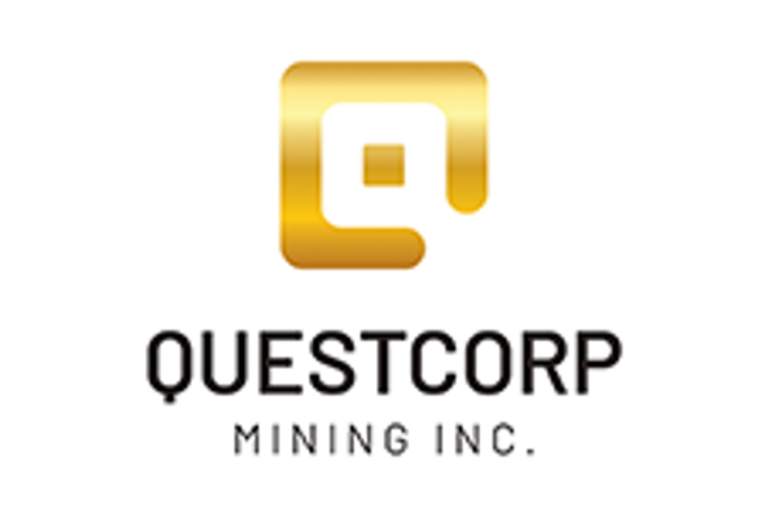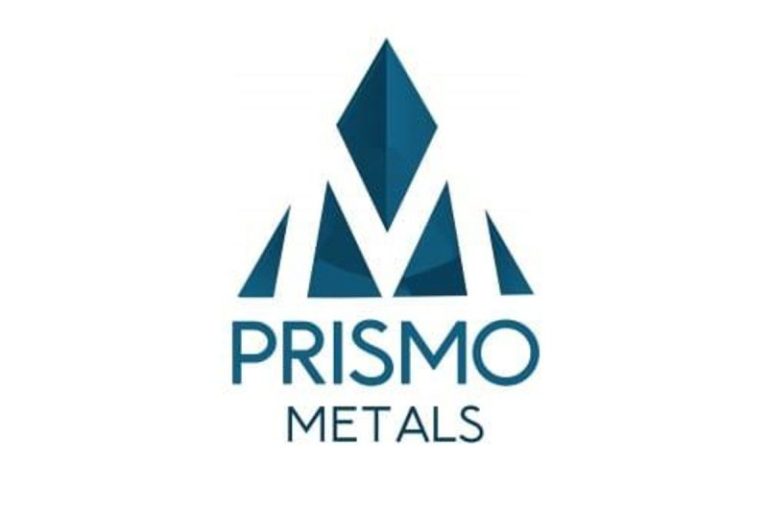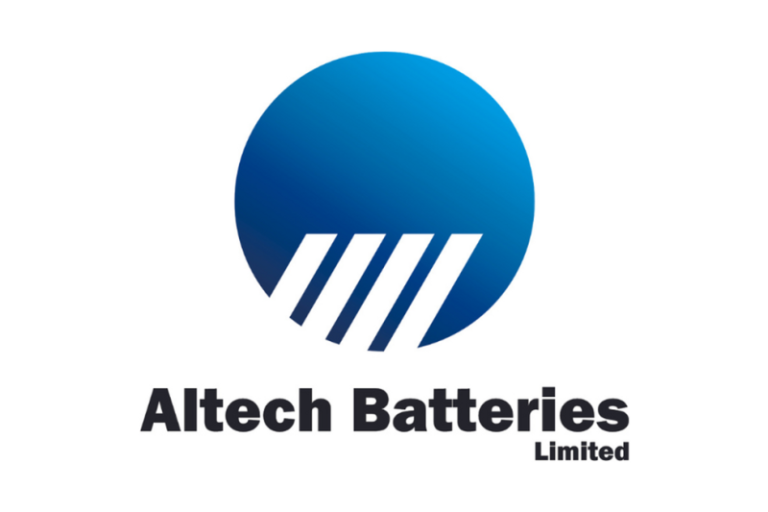(TheNewswire)
Vancouver, British Columbia, September 24th, 2025 TheNewswire – Prismo Metals Inc. (the ‘ Company ‘) (CSE: PRIZ,OTC:PMOMF) (OTCQB: PMOMF) is pleased to report that it has received preliminary assay results for the first batch of twenty-three samples taken at its Silver King project located in Arizona. This assay data highlights the different types of mineralization identified in the Company’s news releases of August 28 th and September 15 th 2025 (Figure 1).
‘These assay results confirm the exploration potential at the Silver King project,’ said Dr. Craig Gibson, Chief Exploration Officer. ‘Three samples with silver values reported as greater than 200 g/t were taken from the Silver King mine dump and from the new polymetallic vein recognized in our recent exploration program. Samples with high copper values, that also exhibit important gold values, are largely from the replacement mineralization which is similar to the type of mineralization at the nearby Magma mine.’
Several of the samples have reported values that are greater than the detection limit for the analytical method used. The analytical laboratory must re-analyze these samples by a different method, and the Company is expecting to receive these overlimit assays for silver, copper, lead and zinc within about two weeks. Upon receipt of the over limit assays Prismo will issue a further news release and use this information to help prioritize targets for the further exploration, including the upcoming drilling program. Additional samples, including samples from the Ripsey Mine are currently being analyzed and results are expected in the coming weeks.
‘Much of the focus of the exploration program to date has consisted of a property wide survey of historic mines and prospects surrounding the direct Silver King workings,’ said Gordon Aldcorn, President of Prismo’. ‘ This work has expanded our geological thinking and resulted in the recognition of several new types of mineralization at the project, providing additional targets for exploration. We are presenting the assay results for each of the exploration areas, namely the new mineralized veins (polymetallic and copper), stratigraphically controlled replacement mineralization and the area around the Silver Mine. Each of the areas will be prioritized for further exploration, including drilling. The initial phase of Prismo exploration on the Silver King project confirmed the exploration potential in several areas. Our upcoming drill program is currently in the permitting stage and is anticipated to be advanced shortly. ‘
Figure 1 . Geologic and land map of the Silver King project showing newly described polymetallic vein in magenta (Ag-Pb-Zn), copper vein in green (Cu-Ag) and stratigraphically controlled replacement mineralization in red. The strongly altered intrusion with stock work quartz-pyrite veining is indicated by the crosshatch.
New Mineralized Veins (polymetallic and copper veins)
As previously reported in Prismo ‘ s news release of August 28, 2025, the Company geologists identified two previously undescribed veins in the area surrounding the historic glory hole developed on the original exposure of high-grade silver at the Silver King deposit. The assay results confirm the visual inspection and indicate that there are two distinct veins, one with abundant silver, lead and zinc and the other with copper and silver values.
These veins provide additional exploration targets outside of the area of historic mine workings and may provide information on the controls to mineralization in the pipelike mineralized body.
|
Sample
|
Au g/t
|
Ag g/t
|
Cu %
|
Pb %
|
Zn %
|
Sb ppm
|
Bi ppm
|
Ba ppm
|
Hg ppm
|
|
New polymetallic vein
|
|
|
|
|
|
544509
|
|
26
|
0.02
|
0.17
|
0.07
|
562
|
0.1
|
140
|
0.14
|
|
544510
|
0.03
|
>200
|
>1.0
|
>1.0
|
>1.0
|
7788
|
0.3
|
>10000
|
12.84
|
|
Cu vein
|
|
|
|
|
|
|
|
|
|
|
544553
|
0.005
|
183
|
0.31
|
0.02
|
0.03
|
21.6
|
0.5
|
157
|
0.18
|
|
544554
|
0.009
|
198
|
0.29
|
0.01
|
0.03
|
24.5
|
0.6
|
92
|
0.02
|
|
544504
|
|
44
|
0.10
|
0.01
|
0.02
|
396
|
0.2
|
524
|
0.13
|
Table 1. Assay results for selected samples from newly identified veins at the Silver King project.
Stratigraphically Controlled Replacement Mineralization
Several samples were taken along the stratigraphic horizon that hosts replacement and skarn mineralization in numerous small workings. Several samples assayed more than 1% copper and generally contain elevated gold values.
Figure 2. Copper assays for samples taken at the Silver King project.
The m ineralization in this area is similar to that at the Magma mine. It is exposed in several historic mine workings with abundant oxide copper minerals, mainly malachite . These were developed along a northeast dipping limestone horizon near the contact with a quartz diorite intrusion and quartzite . It is located along the same structural and stratigraphic trend of the Magma mine located 0.6 to 1.5 kilometers to the southwest. The largest occurrence, at the Black Diamond mine in the eastern portion of the claim block, was developed on a large outcrop of abundant specular hematite and malachite replacing a limestone bed (Fig. 2) .
Table 2. Assay results for selected samples from the replacement area at the Silver King project.
|
Sample
|
Au g/t
|
Ag g/t
|
Cu %
|
Pb %
|
Zn %
|
Sb ppm
|
Bi ppm
|
Ba ppm
|
Hg ppm
|
|
Cu replacement zone
|
|
|
|
|
|
|
|
|
544501
|
0.01
|
3
|
0.01
|
–
|
0.03
|
1.9
|
0.4
|
171
|
0.13
|
|
|
544502
|
0.47
|
7
|
>1.0
|
–
|
0.02
|
0.8
|
71.8
|
30
|
|
|
|
544505
|
0.03
|
5
|
0.75
|
–
|
0.01
|
2.9
|
3.2
|
22
|
0.05
|
|
|
544507
|
2.26
|
25
|
>1.0
|
–
|
0.23
|
0.4
|
33.5
|
12
|
0.01
|
|
|
544508
|
0.73
|
12
|
>1.0
|
–
|
0.28
|
0.4
|
29.1
|
12
|
0.03
|
|
|
544552
|
|
35
|
0.14
|
>1.0
|
>1.0
|
114
|
0.5
|
24
|
2.11
|
|
Figure 3 . Map showing Silver King project and nearby mineral deposits. The Silver King deposit is located three kilometers from the Resolution Copper deposit (a joint venture between Rio Tinto and BHP) and the high-grade Magma mine, a former copper and silver producer.
Around The Silver King Mine
Two samples were taken of mineralized fragments from the dump around the Silver King workings. Samples 544514 is composed of selected fragments of quartz vein material with variable amounts of sulfide minerals including stromeyerite (AgCuS), freibergite (CuAgSbS) and base metal sulfides. Sample 544517 is composed of stockwork veins and breccia with about 50% wall rock fragments. These two compositions are believed to represent the dominant types of mineralization that will be encountered in and adjacent to the pipelike Silver King mineralized body.
Table 3. Assay results for selected samples from the Silver King mine.
|
Sample
|
Au g/t
|
Ag g/t
|
Cu %
|
Pb %
|
Zn %
|
Sb ppm
|
Bi ppm
|
Ba ppm
|
Hg ppm
|
|
Silver King mine
|
|
|
|
|
|
|
|
|
|
544514
|
1.07
|
>200
|
0.59
|
0.44
|
0.63
|
337
|
3
|
>10000
|
1.7
|
|
544517
|
0.04
|
>200
|
0.09
|
0.26
|
0.43
|
377
|
0.2
|
>10000
|
15.66
|
Several additional elements are important in characterizing the different types of mineralization. The high silver in the Silver King mineralization is associated with gold, copper, lead, zinc and antimony as well as barium and mercury. The copper replacement mineralization contains important gold along with bismuth.
Figure 4. Silver assays for samples taken at the Silver King project.
Figure 5 . Gold assay values for the Silver King exploration program.
|
Sample
|
Location
|
Type/width (m)
|
E WGS84
|
N WGS84
|
|
544501
|
Black Diamond
|
1.0
|
492,698
|
3,687,650
|
|
544502
|
Black Diamond
|
Grab
|
492,633
|
3,687,623
|
|
544504
|
Collapsed shaft
|
Dump
|
492,217
|
3,687,916
|
|
544505
|
Replacement zone
|
0.75
|
492,318
|
3,687,521
|
|
544507
|
Replacement zone
|
Dump
|
492,054
|
3,687,431
|
|
544508
|
Replacement zone
|
0.7
|
491,986
|
3,687,334
|
|
544509
|
Polymetallic vein
|
2.0
|
491,833
|
3,687,546
|
|
544510
|
Polymetallic vein
|
Dump
|
491,863
|
3,687,565
|
|
544514
|
Silver King Mine
|
Dump
|
491,855
|
3,687,907
|
|
544517
|
Silver King Mine
|
Dump
|
491,855
|
3,687,907
|
|
544552
|
Replacement zone float
|
Selected
|
491,928
|
3,688,043
|
|
544553
|
Silver King Mine
|
0.4
|
492,037
|
3,687,881
|
|
544554
|
Silver King Mine
|
0.4
|
492,037
|
3,687,881
|
Table 4. Locations for samples mentioned in the text.
Exploration Next Steps
Prismo has submitted a plan of operations for the drill program with the Forest Service. The drill permit is expected by the end of October. A drill program is planned for Silver King, with a minimum of 1,000 meters initially. This first phase of the drill program is designed to test the upper half of the steeply dipping pipelike Silver King mineralized body as well as potentially mineralization adjacent to the dense stockwork that was the focus of historic mining. Follow up drilling will expand on the initial program based on the results and also include separate targets outside of the historic mining area, such as the polymetallic vein mentioned above. The discovery of the two mineralized veins and porphyry style mineralization has resulted in Prismo evaluating a larger drill program to test those targets.
QA/QC
Samples were analyzed by SGS, an internationally recognized analytical lab, with preparation at the Tempe, Arizona facility and analyses at the Burnaby laboratory. Prismo inserts controls samples consisting of standard pulps and coarse blanks in the sample stream for QA/QC purposes and also utilizes the labs internal control samples.
Qualified Person
Dr. Craig Gibson, PhD., CPG., a Qualified Person as defined by NI-43-01 regulations and Chief Exploration Officer and a director of the Company, has reviewed and approved the technical disclosures in this news release. The historic data presented in this press release was obtained from public sources, should be considered incomplete and is not qualified under NI 43-101, but is believed to be accurate. The Company has not verified the historical data presented and it cannot be relied upon, and it is being used solely to aid in exploration plans. References to mineralization at the Magma Mine and Resolution Copper deposit is not necessarily indicative to the mineralization on the Silver King property.
About the Silver King
Discovered in 1875, the Silver King mine was one of Arizona ‘ s most important historic producers, yielding nearly 6 million ounces of silver at grades of up to 61 oz/t. The Silver King mine sits only 3 km from the main shaft of the Resolution Copper project — a joint venture between Rio Tinto and BHP and one of the world ‘ s largest unmined copper deposits with an estimated copper resource of 1.787 billion metric tonnes at an average grade of 1.5% copper (1) . The unique land position is fully surrounded by Resolution Copper ‘ s claim block, offering strategic upside. Selected samples from small-scale production in the late 1990s returned grades as high as 644 oz/t silver (18,250 g/t) and 0.53 oz/t gold (15 g/t), indicating that high-grade mineralization remains.
(1) https://resolutioncopper.com/about-us/
About Prismo Metals Inc.
Prismo (CSE: PRIZ,OTC:PMOMF) is a mining exploration company focused on advancing its Silver King, Ripsey and Hot Breccia projects in Arizona and its Palos Verdes silver project in Mexico.
Please follow @PrismoMetals on , , , Instagram , and
Prismo Metals Inc.
1100 – 1111 Melville St., Vancouver, British Columbia V6E 3V6
Phone: (416) 361-0737
Contact:
Alain Lambert, Chief Executive Officer alain.lambert@prismometals.com
Gordon Aldcorn, President gordon.aldcorn@prismometals.com
Cautionary Note Regarding Forward-Looking Information
This release includes certain statements and information that may constitute forward-looking information within the meaning of applicable Canadian securities laws. Forward-looking statements relate to future events or future performance and reflect the expectations or beliefs of management of the Company regarding future events. Generally, forward-looking statements and information can be identified by the use of forward-looking terminology such as ‘ intends’ or ‘ anticipates’, or variations of such words and phrases or statements that certain actions, events or results ‘ may’, ‘ could’, ‘ should’, ‘ would’ or ‘ occur’. This information and these statements, referred to herein as ‘forward‐looking statements’, are not historical facts, are made as of the date of this news release and include without limitation, statements regarding discussions of future plans, estimates and forecasts and statements as to management’s expectations and intentions with respect to, among other things: the timing, costs and results of drilling at Silver King.
These forward‐looking statements involve numerous risks and uncertainties, and actual results might differ materially from results suggested in any forward-looking statements. These risks and uncertainties include, among other things: delays in obtaining or failure to obtain appropriate funding to finance the exploration program at Silver King.
In making the forward-looking statements in this news release, the Company has applied several material assumptions, including without limitation, that: the ability to raise capital to fund the drilling campaign at Silver King and the timing of such drilling campaign.
Although management of the Company has attempted to identify important factors that could cause actual results to differ materially from those contained in forward-looking statements or forward-looking information, there may be other factors that cause results not to be as anticipated, estimated or intended. There can be no assurance that such statements will prove to be accurate, as actual results and future events could differ materially from those anticipated in such statements. Accordingly, readers should not place undue reliance on forward-looking statements and forward-looking information. Readers are cautioned that reliance on such information may not be appropriate for other purposes. The Company does not undertake to update any forward-looking statement, forward-looking information or financial outlook that are incorporated by reference herein, except in accordance with applicable securities laws. We seek safe harbor.
Copyright (c) 2025 TheNewswire – All rights reserved.










